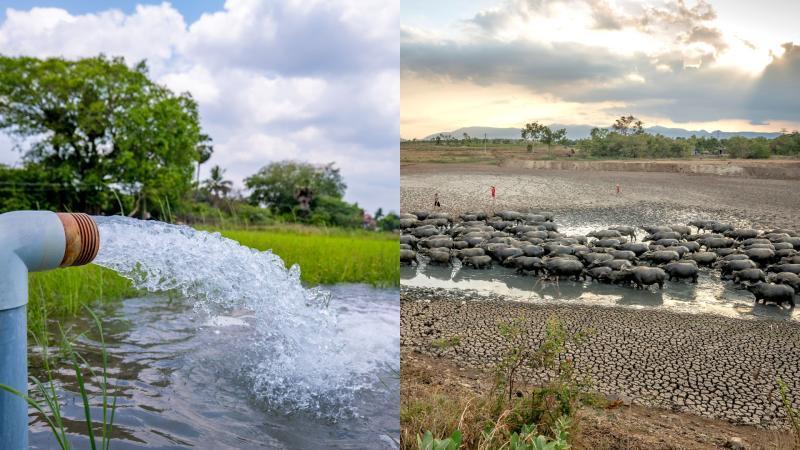
Effects of Temperature Shocks on Households
As the world grapples with the challenges of climate change, one of the most pressing concerns is the impact of extreme temperatures on daily life. A recent study has shed light on the devastating effects of temperature shocks on households in India, revealing a direct correlation between extreme heat days and water scarcity. This alarming trend highlights the urgent need for adaptive strategies to mitigate water stress and protect the most vulnerable members of society.
The study, published on ResearchMatters, a leading online platform for scientific news and research, found that temperature shocks are increasing water poverty levels among households in India. Water poverty refers to the inability to access sufficient amounts of clean water for personal and domestic use. The researchers analyzed data from various sources, including satellite imagery, weather stations, and household surveys, to understand the relationship between temperature fluctuations and water scarcity.
The study revealed that extreme heat days, characterized by temperatures above 33°C, have a significant impact on household water security. As the mercury rises, households are forced to rely on alternative sources of water, such as private wells or tanker supplies, which are often more expensive and less reliable. This can lead to increased water poverty, as households struggle to access sufficient water for basic needs like drinking, cooking, and hygiene.
The researchers found that the most significant impacts are observed at temperatures above 33°C, with the highest risk of water scarcity occurring during heatwaves. Heatwaves are extreme weather events characterized by prolonged periods of hot weather, often accompanied by drought and water scarcity. In India, heatwaves are becoming more frequent and intense due to climate change, exacerbating the already critical water situation.
The consequences of temperature shocks on households are far-reaching and devastating. Water scarcity can lead to increased costs for households, as they are forced to purchase water from private suppliers or rely on unreliable sources. This can be particularly challenging for vulnerable populations, such as the elderly, young children, and those living in poverty. The study highlights the urgent need for adaptive strategies to mitigate water stress and protect these vulnerable groups.
So, what can be done to mitigate the effects of temperature shocks on households? The study suggests several measures, including:
- Water conservation: Encouraging water-efficient practices, such as fixing leaks and using rainwater harvesting systems, can help reduce water demand during heatwaves.
- Water storage: Building water storage infrastructure, such as reservoirs and tanks, can help mitigate the impact of water scarcity during extreme heat events.
- Diversifying water sources: Encouraging the use of alternative water sources, such as treated wastewater and recycled water, can help reduce reliance on traditional sources and improve water security.
- Community-based initiatives: Implementing community-based initiatives, such as water-sharing schemes and water conservation programs, can help build resilience and reduce the impact of temperature shocks on households.
In conclusion, the study highlights the urgent need for adaptive strategies to mitigate water stress and protect households from the devastating effects of temperature shocks. As the world grapples with the challenges of climate change, it is essential to prioritize water security and develop innovative solutions to address the water needs of vulnerable populations.
Source:






